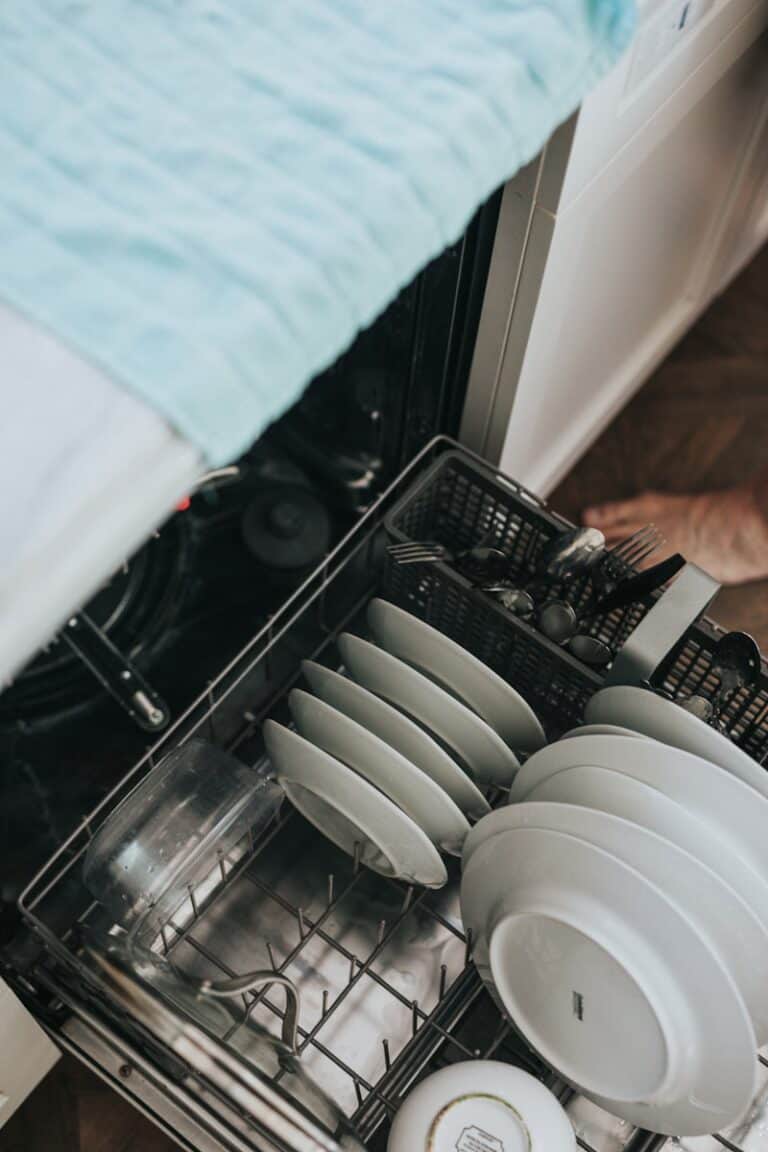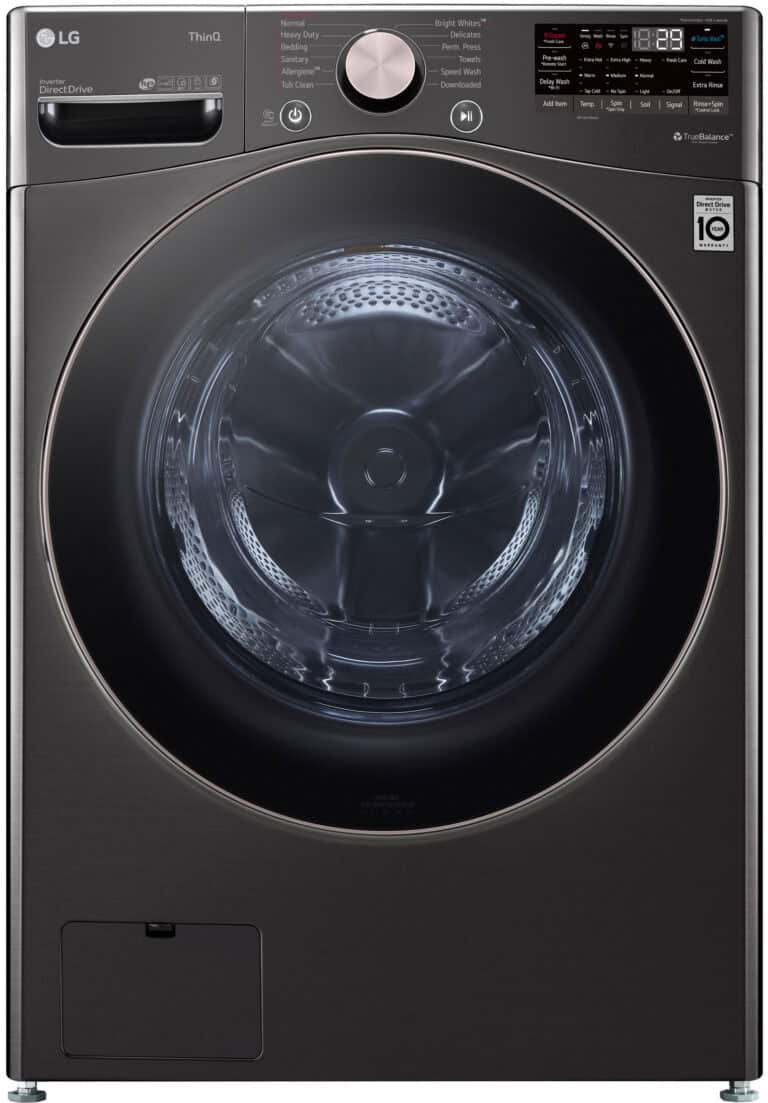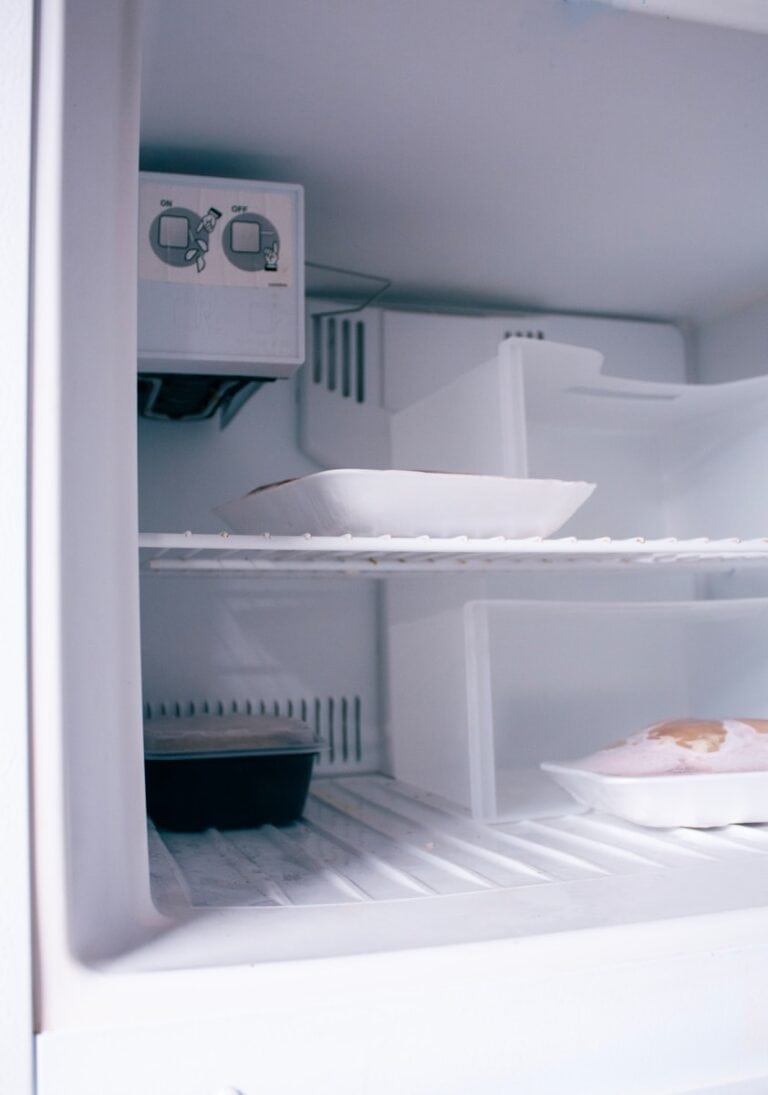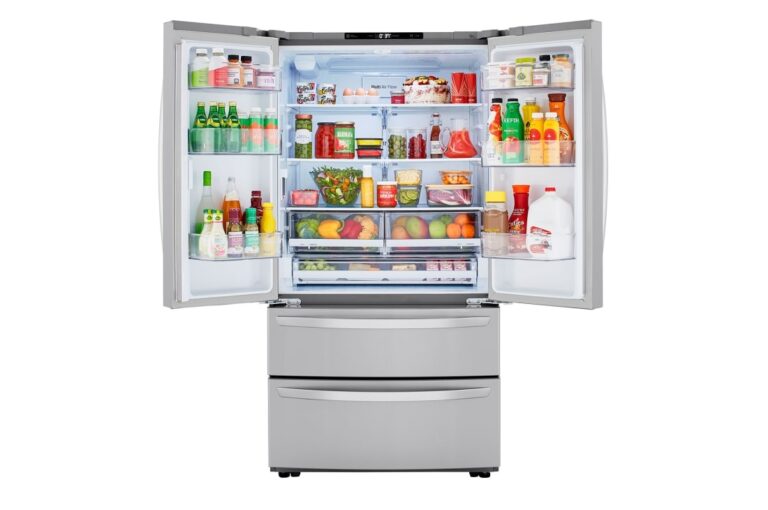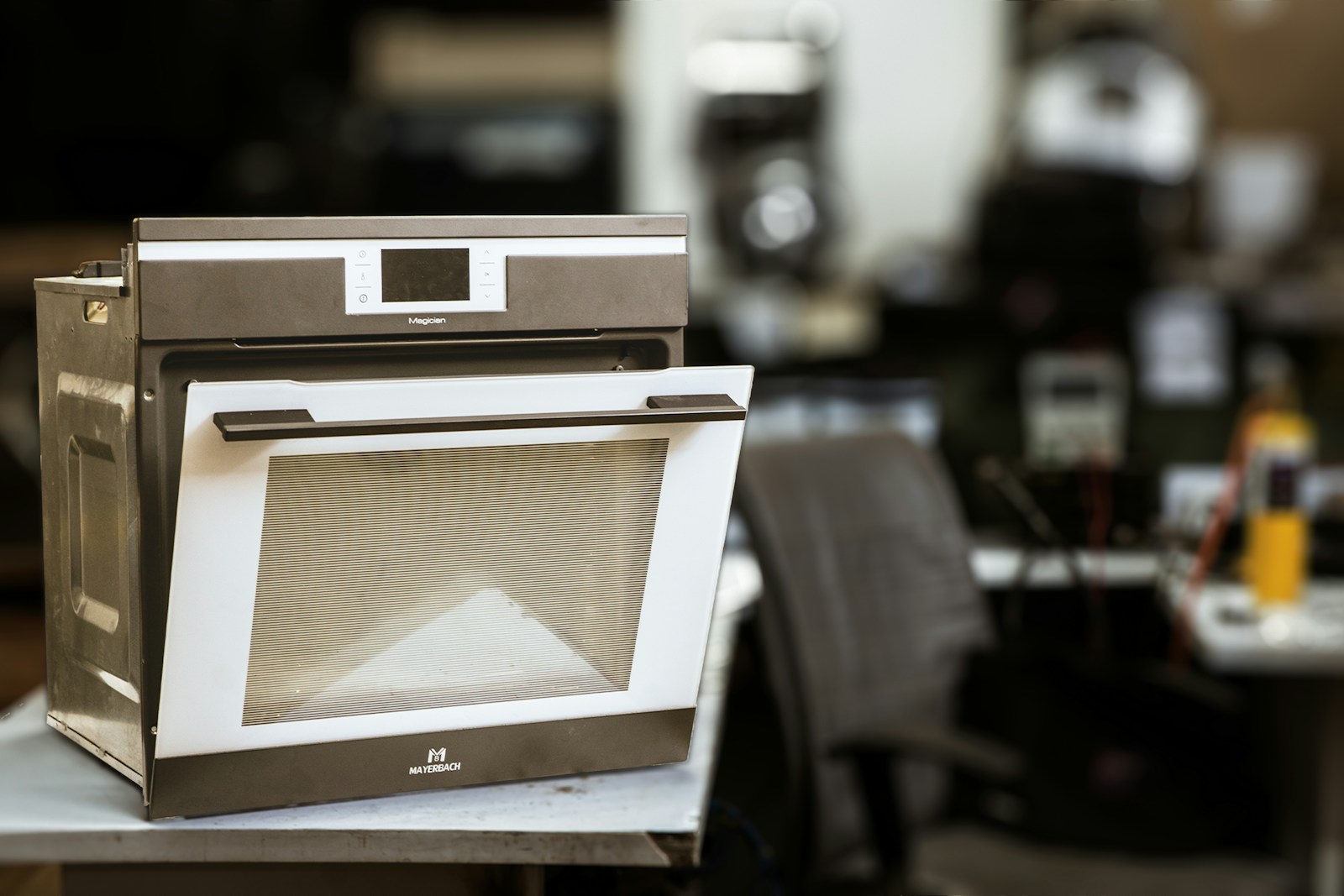
An electric oven that won’t heat can disrupt meal plans and cause frustration. This problem often stems from a few common issues, ranging from simple fixes to more complex repairs. The most frequent causes of an electric oven not heating include a faulty heating element, power problems, loose wires, or a blown fuse.
Identifying the root cause is the first step in resolving the issue. A burned-out heating element, visible as a curved rod at the bottom or top of the oven, should glow red when functioning properly. If it remains dark, it may need replacement. Power-related problems, such as tripped circuit breakers or disconnected power cords, can also prevent the oven from heating.
For those comfortable with basic troubleshooting, checking for loose wires or blown fuses might solve the problem. However, if these initial checks don’t resolve the issue, it’s advisable to consult a professional appliance repair service to diagnose and fix more complex electrical problems safely.
An electric oven that won’t heat up can be frustrating, but many common issues are simple to troubleshoot. This guide will walk you through a step-by-step process, from the most basic checks to more complex problems.
Before You Begin:
- Safety First: Always unplug the oven or turn off its dedicated circuit breaker before inspecting or working on any internal components.
- Consult Your Manual: Your oven’s user manual is an invaluable resource for model-specific information, including troubleshooting codes, component locations, and safety instructions.
Step 1: Check the Power Supply
A simple power issue is the most common cause of a non-heating oven.
- Check the Circuit Breaker: Go to your home’s main electrical panel. Look for a tripped breaker, which is a switch that is in the “Off” or “middle” position. Flip it all the way to “Off,” then back to “On.” If it trips again, you may have a short circuit and should call an electrician.
- Look for a Blown Fuse: If you have an older fuse box, check for a blown fuse and replace it if necessary.
- Oven Display: If the display is completely blank, the issue is almost certainly a power supply problem.
Step 2: Inspect the Heating Elements
The heating elements are the most likely culprits for an oven that won’t heat. Electric ovens typically have two: the bake element on the bottom and the broil element on the top.
- Visual Inspection: Turn on the oven to the “Bake” setting. After a few minutes, the bake element should begin to glow red. Look for any visible damage, such as cracks, blisters, or broken sections. If it doesn’t glow red or looks damaged, it needs to be replaced.
- Check the Broil Element: Similarly, turn on the “Broil” setting and check if the top element glows.
Note: If an element is visibly broken, do not use the oven and replace the element.
Step 3: Examine the Oven Door and Gasket
An oven door that doesn’t seal properly will let heat escape, preventing the oven from reaching the set temperature.
- Inspect the Seal: Check the rubber or fiberglass gasket around the oven door. Look for any signs of damage, tears, or gaps.
- Check the Hinges: Ensure the door hinges are not bent or loose. The door should close tightly and securely.
Step 4: Test the Temperature Sensor
The temperature sensor, or thermostat, is a thin metal rod typically located inside the oven cavity, protruding from the back wall. It monitors the internal temperature and tells the control board when to turn the heating elements on or off.
- Proper Positioning: Make sure the sensor isn’t touching the oven wall or a rack, as this can cause inaccurate temperature readings. It should be at a 90-degree angle to the wall.
- Test with a Multimeter: If the oven is heating inconsistently or not at all, the sensor might be faulty. A professional can use a multimeter to test for continuity and resistance. A faulty sensor will likely need to be replaced.
Step 5: Consider Other Components (Advanced Troubleshooting)
If the above steps don’t solve the problem, the issue could be more complex. This is where you might need to consider calling a professional.
- Thermal Fuse: Some ovens have a thermal fuse, a safety device that blows if the oven overheats. A blown fuse will cause a complete loss of power and will need to be replaced.
- Control Board: The electronic control board is the “brain” of the oven. If it malfunctions, it may fail to send power to the heating elements. You can sometimes see burn marks or charred spots on a faulty control board. Replacing this is a complex and often costly repair.
- Selector Switch: The selector switch determines which functions (bake, broil, self-clean) are active. If it’s faulty, it may not be sending the correct signals.
When to Call a Professional
- You’ve checked the basic issues (power, elements, door) and the oven still isn’t working.
- You don’t have the tools or experience to safely inspect internal components.
- You suspect an electrical issue (e.g., a tripping circuit breaker).
- The problem involves a major component like the control board.
A professional appliance repair technician can diagnose the problem safely and efficiently and has access to the correct replacement parts for your specific oven model.
Key Takeaways
- Check the heating elements, power supply, and circuit breaker first
- Look for visible signs of damage or loose connections in accessible parts
- Seek professional help for complex electrical issues or if initial checks fail
Understanding Electric Oven Components
Electric ovens rely on several key components to function properly. These parts work together to control temperature and distribute heat for cooking.
Heating Elements and Their Function
Electric ovens typically have two main heating elements:
- Bake element: Located at the bottom of the oven
- Broil element: Positioned at the top of the oven cavity
These elements convert electricity into heat. When activated, they glow red-hot and radiate heat throughout the oven. The bake element provides primary heat for most cooking tasks. The broil element delivers intense top-down heat for browning and crisping foods.
Some ovens also include a convection element behind a fan. This circulates hot air for more even cooking.
Heating elements can fail over time. Signs of a faulty element include:
- Not glowing red when turned on
- Visible damage or blistering
- Uneven heating in the oven
Role of the Oven Thermostat
The oven thermostat regulates temperature inside the oven cavity. It works by:
- Sensing the current oven temperature
- Turning heating elements on and off to maintain the set temperature
A thermostat has a sensing bulb connected to a capillary tube. As heat expands gas in the bulb, it triggers electrical contacts to cycle power to the elements.
Faulty thermostats can cause temperature fluctuations or prevent the oven from heating properly. Common thermostat issues include:
- Inaccurate temperature readings
- Failure to cycle elements on/off
- Stuck in open or closed position
Temperature Sensor and Control Board
Modern electric ovens use electronic control systems for precise temperature regulation. Key components include:
- Temperature sensor: Monitors oven cavity temperature
- Control board: Processes sensor data and controls heating elements
The temperature sensor is a thermistor that changes resistance with temperature. It sends signals to the control board.
The control board interprets these signals and adjusts power to the heating elements. It maintains the set temperature within a small range.
Problems with the sensor or control board can lead to:
- Erratic temperature control
- Oven not heating up
- Error codes on the display
Diagnosing issues with these electronic components often requires specialized testing equipment.
Diagnosing Power Issues
Electric ovens rely on a consistent power supply to function properly. When an oven fails to heat, investigating potential power issues is a crucial first step.
Checking the Breaker and Incoming Power
The circuit breaker is a common culprit for oven heating problems. Locate the breaker panel and find the switch labeled for the oven. If it’s in the “off” position or between “on” and “off”, reset it by firmly pushing it to the “on” position.
Sometimes, the issue lies with the incoming power. Electric ovens typically require 240 volts through two separate 120-volt legs. A voltage tester can verify if both legs are providing power. If only one leg is working, the oven may turn on but won’t heat properly.
For safety, turn off the oven’s power before testing. If unsure about electrical work, consult a professional electrician.
Identifying Burnt Wire Connections
Burnt wire connections often cause heating failures in electric ovens. High temperatures can damage wires over time, especially near heating elements.
Inspect visible wires for signs of burning or melting. Look for discoloration, fraying, or exposed metal. Pay special attention to connections at the bake and broil elements.
Loose connections can also prevent proper heating. Ensure all wire connections are tight and secure. Replace any damaged wires immediately to prevent further issues or safety hazards.
If burnt connections are found, it’s best to call a qualified technician. They can safely replace wires and check for any underlying problems that may have caused the damage.
Troubleshooting Common Heating Problems
Electric ovens may experience heating issues due to various factors. These problems can often be resolved through proper diagnosis and targeted repairs.
Replacing a Blown Thermal Fuse
A blown thermal fuse can prevent an oven from heating. This safety device cuts power if the oven overheats. To check the fuse:
- Unplug the oven
- Locate the fuse (usually near the control board)
- Test continuity with a multimeter
If the fuse lacks continuity, it needs replacement. Fuses are inexpensive and easy to swap out. Simply disconnect the old fuse and connect the new one.
Caution: Always use the correct replacement fuse rated for your specific oven model.
Faulty or Burned-Out Elements
Heating elements are crucial for oven function. Signs of a faulty element include:
- Visible damage or blistering
- Failure to glow red when powered
- Uneven heating in the oven cavity
To test an element:
- Turn off power to the oven
- Remove the element (typically held by screws)
- Check continuity with a multimeter
If an element fails the test, it requires replacement. New elements can be ordered based on the oven’s make and model.
Oven Not Heating Evenly
Uneven heating can result from several issues:
- Faulty bake or broil element
- Damaged temperature sensor
- Malfunctioning convection fan (if applicable)
To troubleshoot:
- Check elements for visible damage
- Verify temperature sensor position (should not touch oven walls)
- Listen for the convection fan during operation
If problems persist, a professional diagnosis may be necessary. Calibrating the oven temperature can also help improve even heating.
Professional Repairs and Maintenance
Electric ovens require expert care to ensure optimal performance and longevity. Regular maintenance and timely repairs by qualified technicians can prevent costly breakdowns and extend the appliance’s lifespan.
When to Seek Quality Repairs
Electric ovens often display warning signs before complete failure. Uneven heating, unusual noises, or failure to reach set temperatures indicate the need for professional intervention. Faulty heating elements, damaged temperature sensors, or worn-out control boards require specialized tools and expertise to diagnose and fix.
Certified technicians can safely handle complex electrical components and calibrate oven settings. They also have access to manufacturer-specific parts, ensuring proper replacements. For issues like door seal problems or thermostat malfunctions, professional repairs guarantee accurate solutions and prevent potential safety hazards.
Maintaining Your Electric Oven
Regular maintenance prolongs an electric oven’s life and improves its efficiency. Simple tasks like cleaning spills promptly and avoiding harsh abrasives protect the oven’s interior. Checking and replacing the door seal periodically prevents heat loss and maintains accurate cooking temperatures.
For self-cleaning ovens, following manufacturer guidelines during the cleaning cycle is crucial. Overuse of this feature can strain heating elements and electronic components. Professional technicians can perform thorough inspections, clean hard-to-reach areas, and recalibrate temperature controls for optimal performance.
Scheduling annual maintenance checks helps identify potential issues early. Technicians can lubricate moving parts, tighten electrical connections, and test safety features. This proactive approach reduces the likelihood of unexpected breakdowns and ensures the oven operates at peak efficiency.
Frequently Asked Questions
Electric ovens can experience heating issues due to various factors. Understanding these common problems and their solutions can help troubleshoot and resolve oven malfunctions efficiently.
Why does my oven’s fan operate but the oven doesn’t heat?
A functioning fan with no heat often indicates a problem with the heating element. The fan may still work because it operates on a separate circuit. Check the heating element for visible damage or use a multimeter to test for continuity.
How can I determine if my electric oven’s heating element needs replacement?
Inspect the heating element for blistering, breaks, or discoloration. Turn on the oven and observe if the element glows red. If it doesn’t heat up or shows uneven heating, it likely needs replacement.
What steps should I take to troubleshoot an electric oven that isn’t heating?
Start by checking the power supply and ensuring the oven is properly plugged in. Examine the heating elements for damage. Test the temperature sensor and thermostat. If these steps don’t resolve the issue, consult a professional.
Can the issue of an electric oven not heating be related to the thermostat, and how?
Yes, a faulty thermostat can cause heating problems. The thermostat regulates oven temperature. If it malfunctions, it may not signal the heating elements to turn on or off correctly. This results in improper heating or no heat at all.
Is it cost-effective to replace a heating element in an electric oven?
Replacing a heating element is often cost-effective compared to buying a new oven. The part itself is relatively inexpensive. Labor costs vary, but many homeowners can replace the element themselves with proper guidance.
What are common reasons for a Whirlpool electric oven to stop heating?
Whirlpool ovens may stop heating due to a faulty bake or broil element, a malfunctioning control board, or a defective temperature sensor. Other potential causes include a blown thermal fuse or issues with the oven’s wiring.

